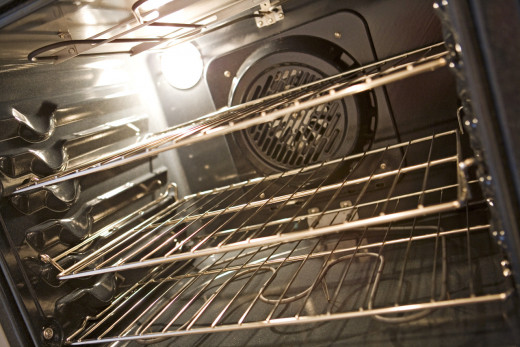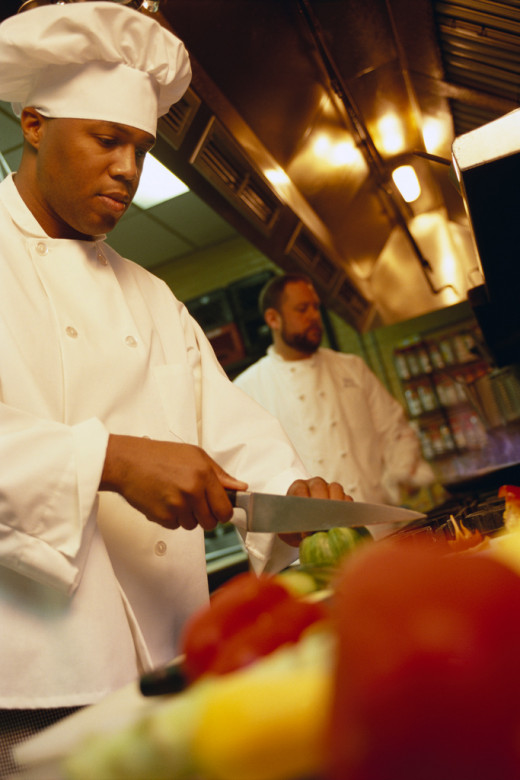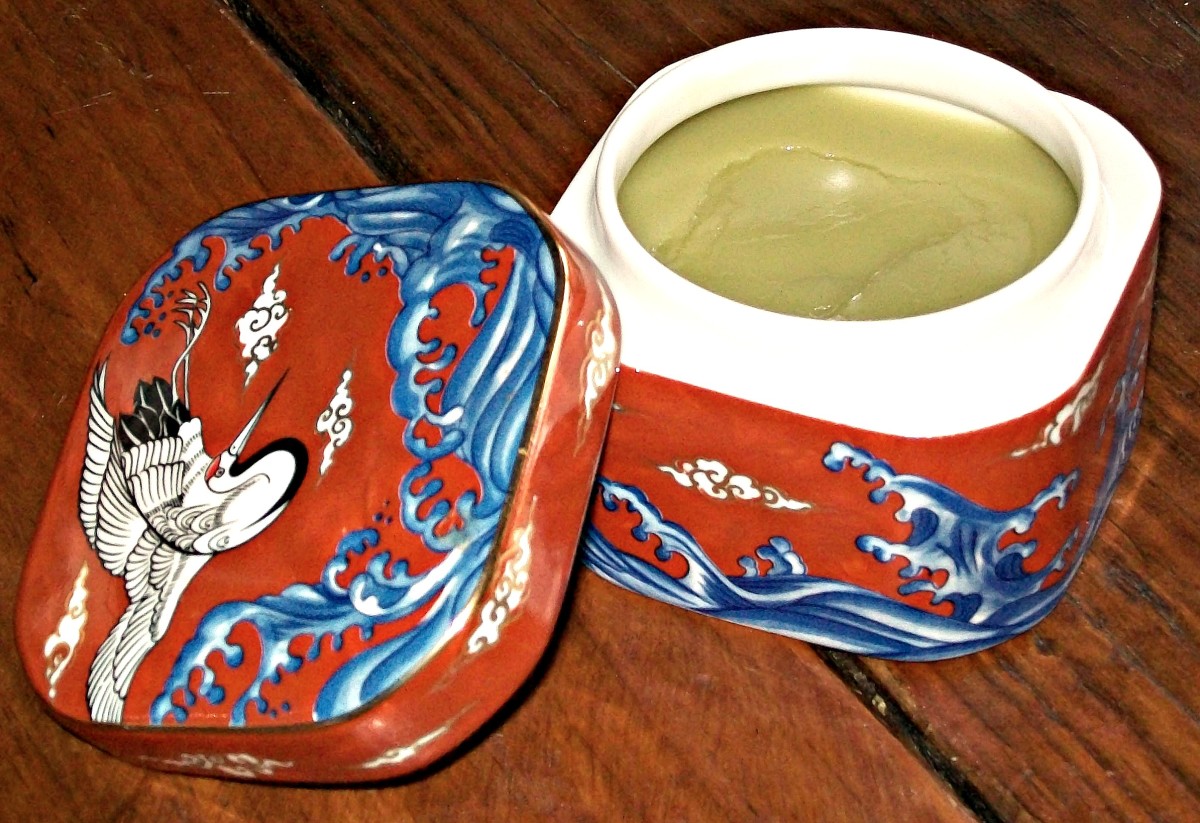Common Injuries in the Restaurant Kitchen

Burns, lacerations, strains, and falls are among the most common injuries in the restaurant kitchen—and most of them can be prevented.
Working in restaurants is a serious matter when it comes to safety. The restaurant industry contains one of the largest groups of workers injured on the job. Poignant also is the fact that besides some pretty nasty injuries, they often occur to youth who are working their first jobs in life. So understanding workplace safety is crucial.
This article will examine four of the most common injuries and offer tips for keeping safe.
Burn Injuries
There are 12,000 reported cases of burns in the U.S. each year, but the actual number is far greater. Minor burns are common in restaurant kitchens when cooking: popping grease is unavoidable. What should not be common is splashed grease, scalding, and fires. Follow these tips to avoid injury:
- Wear protective clothing and equipment.
- Cook food at appropriate temperatures.
- Keep flames beneath a pot and never rising around it.
- Guard clothing and loose garments from contact with fire and hot equipment or grease.
- Keep pot handles away from burners and never let handles stick over the edge of the range.
- Be mindful of oven doors. If not close fully they could swing back and cause severe burns.
- Check hot foods carefully, especially when cooking, and never leave unattended.
- Always use hot pads or mittens when picking up or holding items.
- Never splash hot water or grease.
- Know whether you’re legally allowed to work in the kitchen if you’re a teen.
- Make sure your employer keeps first aid burn supplies on-hand or keep your own.
Workplace Safety Tip
Your employer is without excuse for not having necessary first aid treatments in place—and so are you if you don't make sure they know it.
Deep Fryer Safety
It is important to mention a few things about commercial deep fryers here. These fryers contain several gallons of superheated oil (to about 500 degrees). They cook quickly and efficiently by boiling the moisture in foods placed in the oil.
To avoid injuries workers should be sure to never mix excess liquid or ice with oil, not overfill fryer baskets, and avoid leaning over hot or frying oil. If the fryer doesn’t have a lowering mechanism, avoid splashing when placing baskets into grease.
Usually these vats of oil have to be maintained daily (sometimes more than once) and on a weekly or bi-weekly schedule. This means that hot, spent oil will need to be handled. Make sure protective gear, from head to foot, is worn. Move slowly and carefully. And follow instructions when filtering oil, disposing old oil, and adding new oil.

Have you ever experienced a significant injury in a restaurant kitchen while working?
Laceration Injuries
Cuts are often to the hands and fingers due to regular use of knives and cutting appliances. Some can be gravely serious. Follow these tips:
- Pay attention while using knives and cutting appliances.
- Be sure to use knives that are appropriate for the task.
- Knives should be sharp. Dull knives can slip. Also, handles should be tight. Never use loose-handled knives.
- Use box cutters and remember that cut box edges cut like knives.
- Store knives sheathed (if possible) and in appropriate areas.
- Use cut-resistant gloves.
- Use cutting boards. Place non-slip pads or damp cloths beneath them.
- Stop cutting if interrupted.
- Pass cutting objects by laying them down or with the blade pointed down. Never throw or try to catch a sharp item and when it is falling.
- Keep fingers tucked when cutting.
- Never leave sharp items in dishwater.
- Be careful with broken glass and do not use bare hands to clean up.
- Youth should make sure they are legally old enough to use certain cutting appliances.
- Know how to use cutting appliances. Never place fingers in feed openings. When finished make sure power is off and certain appliances are fastened and locked.
- Make sure first aid is available for cuts.
Strain Injuries
Lifting is required in commercial kitchens. Many food items arrive in large boxes and bags, let alone the need to unload or stock an order and remove garbage. Proper lifting techniques, therefore, must be used. This means always standing close to items, bending, keeping the head up and back straight, lifting with the legs, watching your path, using the feet to turn, and setting down loads with the legs. Never use the back to lift or lower.
Also, incorporate a hand truck when necessary and don’t be afraid to ask for help. Wear gloves to avoid abrasion and check for splinters, nails, and staples.
Kitchen Safety - A Good Visual
Fall Injuries
Did you know that one-in-three disabling restaurant injuries results from slips, trips, and falls? It costs restaurant chains a million dollars each year. Most of the injuries occur on wet floors or are due to poor housekeeping. How do we avoid this common injury?
- Always use wet floor signs to warn fellow workers.
- Clean up spills immediately.
- Wear slip-resistant shoes in the kitchen and keep shoes laced.
- Keep pathways clear and never block your view when carrying items.
- Eliminate tripping hazards, like cords and hoses.
- Be mindful of your surroundings. Don’t make sudden moves and never run. Move cautiously around corners.
- Be wary of where floor surfaces transition. This could lead to slips and trips.
- Report problem areas to management.
- If you fall and especially if a head injury is sustained, make it clear whether or not you need to visit the emergency room. Don’t refuse the offer to be checked out.
Workplace Health and Safety
Hopefully your restaurant has a training program or safety marshal who works to reduce and eliminate injuries. It takes the cooperation of everyone to keep the job site injury-free. Make sure you read your company’s manuals on policy, safety, operations, workers compensation, and emergency procedures. Knowing the rules is half the battle in avoiding common injuries in the restaurant kitchen.








